Discovering the Nearest Black Hole to Our Solar System
Written on
Chapter 1: Introduction to Black Holes
Recently, a subscriber posed an intriguing question to our Ukrainian channel:
"What is the nearest black hole to Earth? Does it threaten us? Have any spacecraft been sent to study it? Please provide more information."
When discussing the closest black holes to our Solar System, several candidates emerge. Among them are Cygnus X-1, approximately 6,100 light-years away, GRO J1655–40 at about 5,500 light-years in the Scorpius constellation, and A0620–00, located roughly 3,500 light-years from the Sun. In this discussion, we will concentrate on A0620–00.
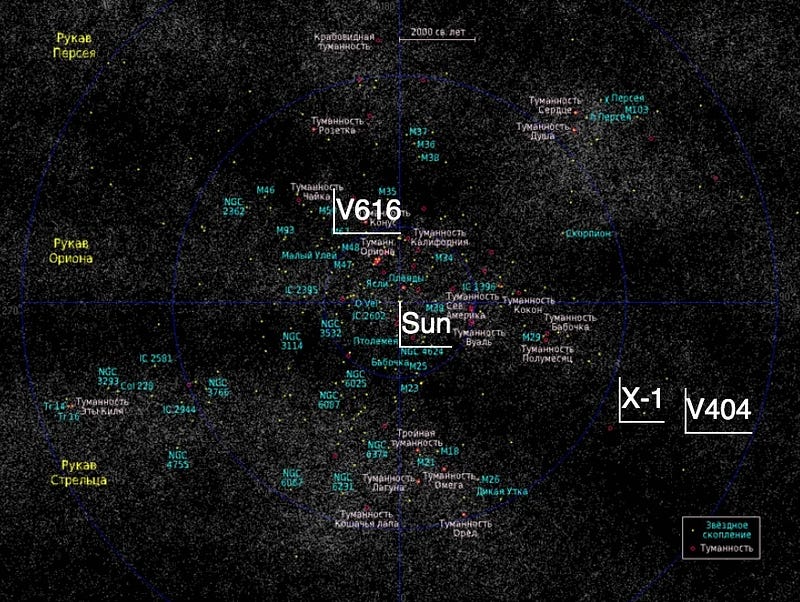
A0620–00, also known as V616, is part of a binary system situated in the constellation Monoceros. This system comprises two parts: the first is a main-sequence star with a mass nearly half that of our Sun.
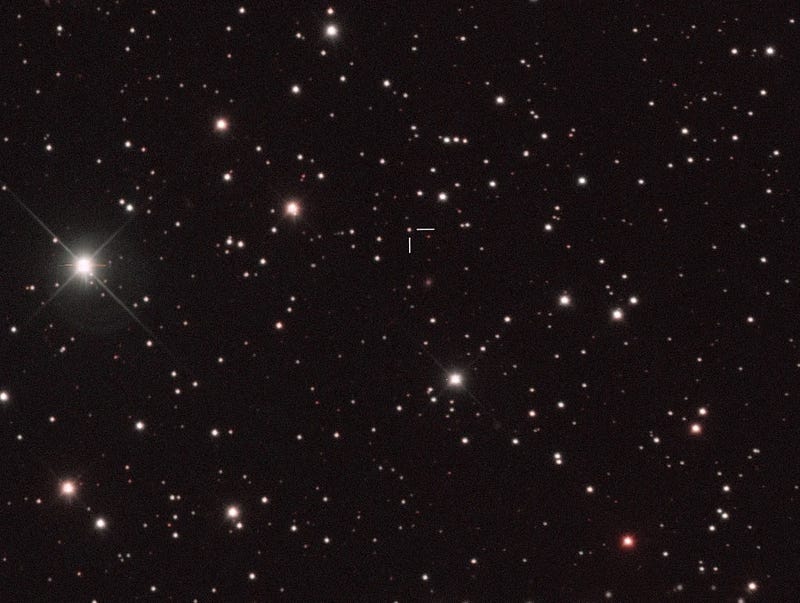
The second component is an unseen entity with a mass estimated between three to five solar masses. This object is thought to be a black hole, as its mass surpasses the threshold for a neutron star (2.16 solar masses). The gravitational pull from the black hole in the A0620–00 system distorts the star, resulting in an ellipsoidal shape that causes variations in brightness as the star completes its rotation. Consequently, the star is categorized as a variable star and is often referred to in literature as V616 Monoceros.
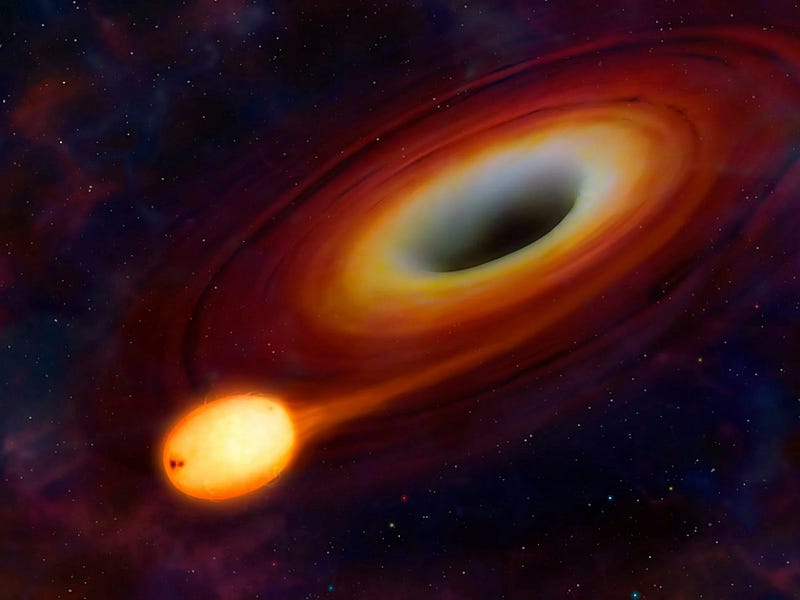
The black hole gradually siphons material from its companion star, creating an accretion disk around it.
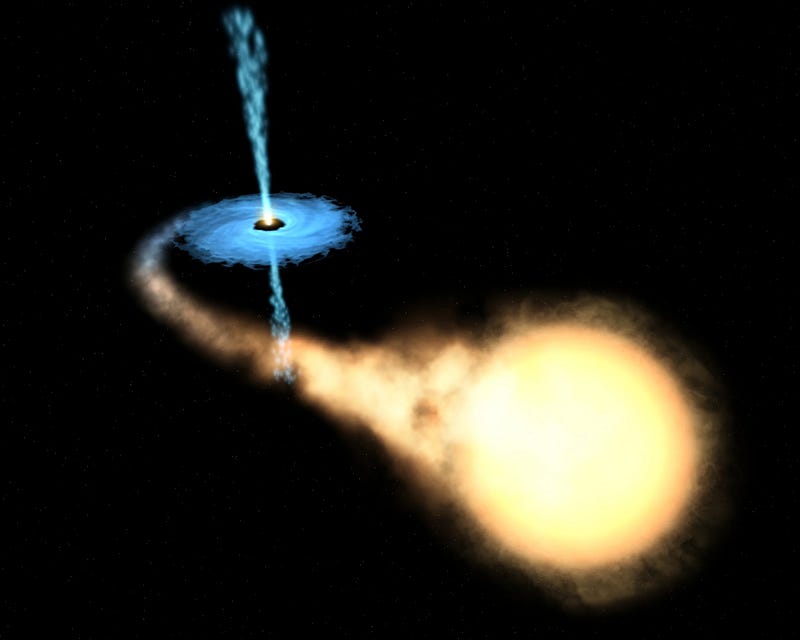
Occasionally, when enough material collects in the accretion disk, its temperature spikes, resulting in a temporary surge in brightness, especially within the X-ray spectrum. Two notable outbursts from A0620–00 have been documented — the first in 1917 and the second in 1975. The outburst in 1917 was detectable in the optical range, while the one in 1975 is classified as an X-ray nova.
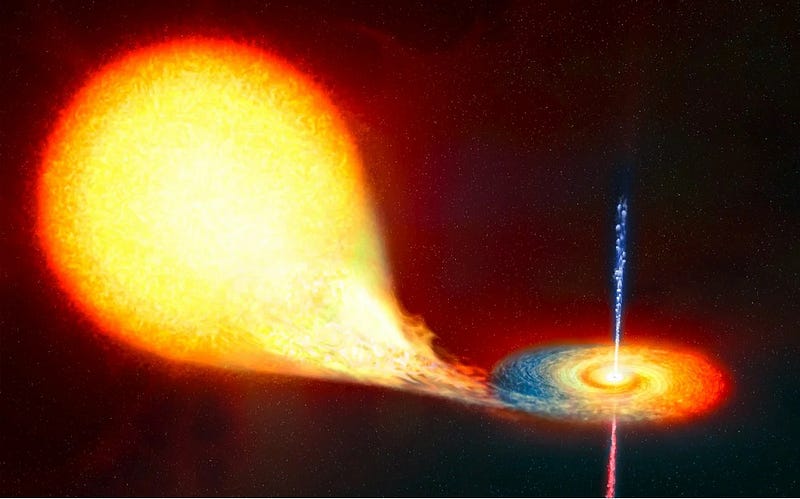
Fortunately, the black hole within the A0620–00 system does not pose any danger to life on Earth. At present, sending a research probe to study this black hole is not feasible; such a journey would take millions of years. However, future advancements in space travel may one day make this possible.
In 2018, the European Space Agency transmitted a radio signal toward A0620–00. When that signal arrives in 3,457 years, it will mark humanity's first interaction with a black hole.
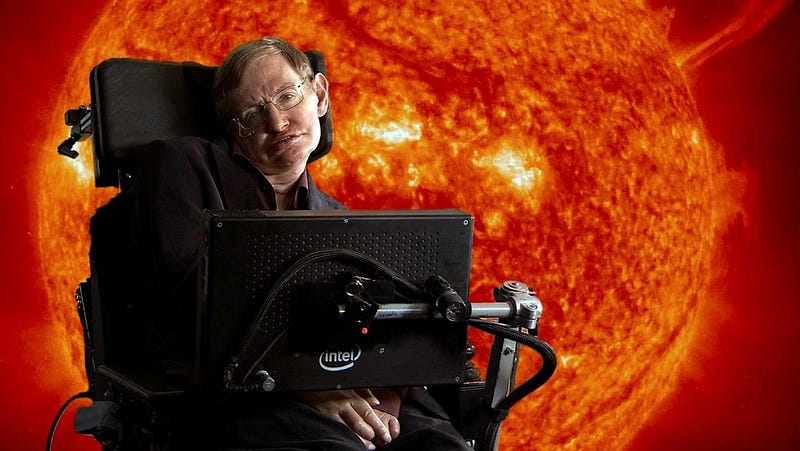
The message sent includes a recording of the voice of the renowned astrophysicist Stephen Hawking, set to Vangelis' "Chariots of Fire," and lasts for 6 minutes and 30 seconds.
If you want to see more articles about space in your feed, please subscribe to our channel and submit your questions for future articles.
Chapter 2: Exploring Black Holes Further
The first video, "The closest KNOWN black holes to Earth (only three have ever held the title)," provides an overview of the known black holes in proximity to our planet.
The second video, "This Is the Closest Black Hole to Earth, and You Can See It with a Simple Telescope," explores how even amateurs can observe this fascinating cosmic entity.